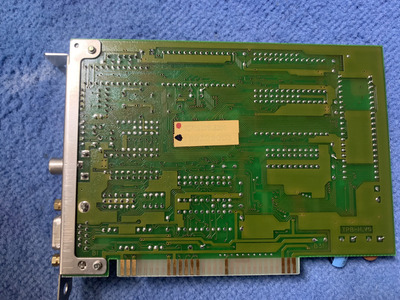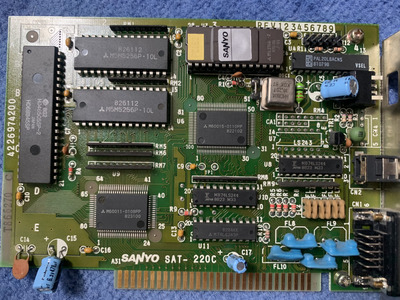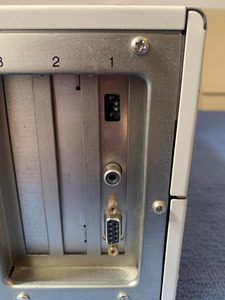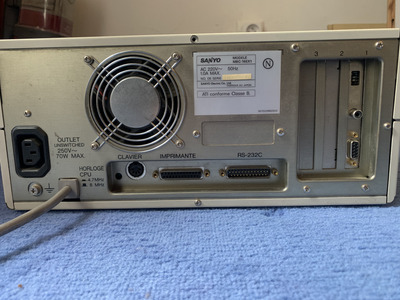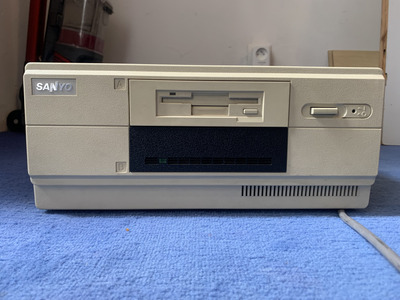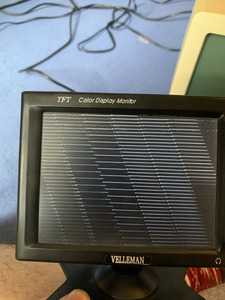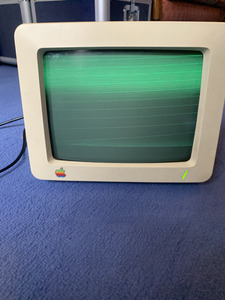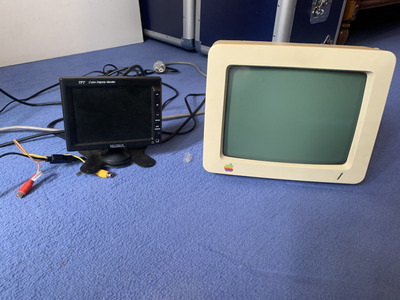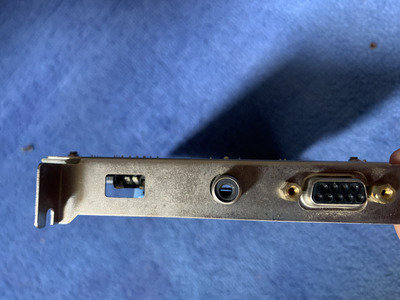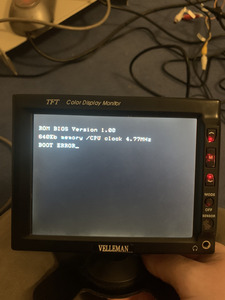BHDellanoy wrote on 2024-04-06, 20:00:
Will I need to use the 9-pin for a colour image? Or is it just my monitors that won’t lock on to the signal correctly?
In CGA mode (your card obviously is in CGA mode now, if you get an image on your TV), I expect that at least some DIP switch combination will output something that resembles a color video signal on the RCA jack. The color signal will use NTSC, so if you have a monitor that only supports the SECAM or PAL color systems, you will not get a color image. I suppose all flat screen LCD monitors support NTSC, so this is unlikely to be your problem. If the card is correctly configured to generate a color composite signal, it's more likely that the 14.31818 MHz reference clock from the mainboard is not precise enough to generate the NTSC color subcarrier. The original PC and XT mainboard had a trimmer capacitor to tune this frequency, but on later main boards, the crystal is no longer tunable which can cause troubles with certain digital NTSC decoders in LCD television displays.
Try displaying a colored background. If the card outputs color, but the TV doesn't recognize it, you will likely see fine vertical lines, unless the TV suppresses these fine structures even in monochrome mode. If the card suppresses the color information on the RCA jack, all colored backgrounds will look like a solid filled area, no matter how your TV processes the signal. So, if you see vertical lines in solid colored areas, the card is most likely configured correctly for color output, and your only option is to try a different color TV monitor that might be less picky about the color signal. If you don't see vertical lines, there might be a lot of reasons, like the card not outputting color information or the TV suppressing those lines although they are there.
